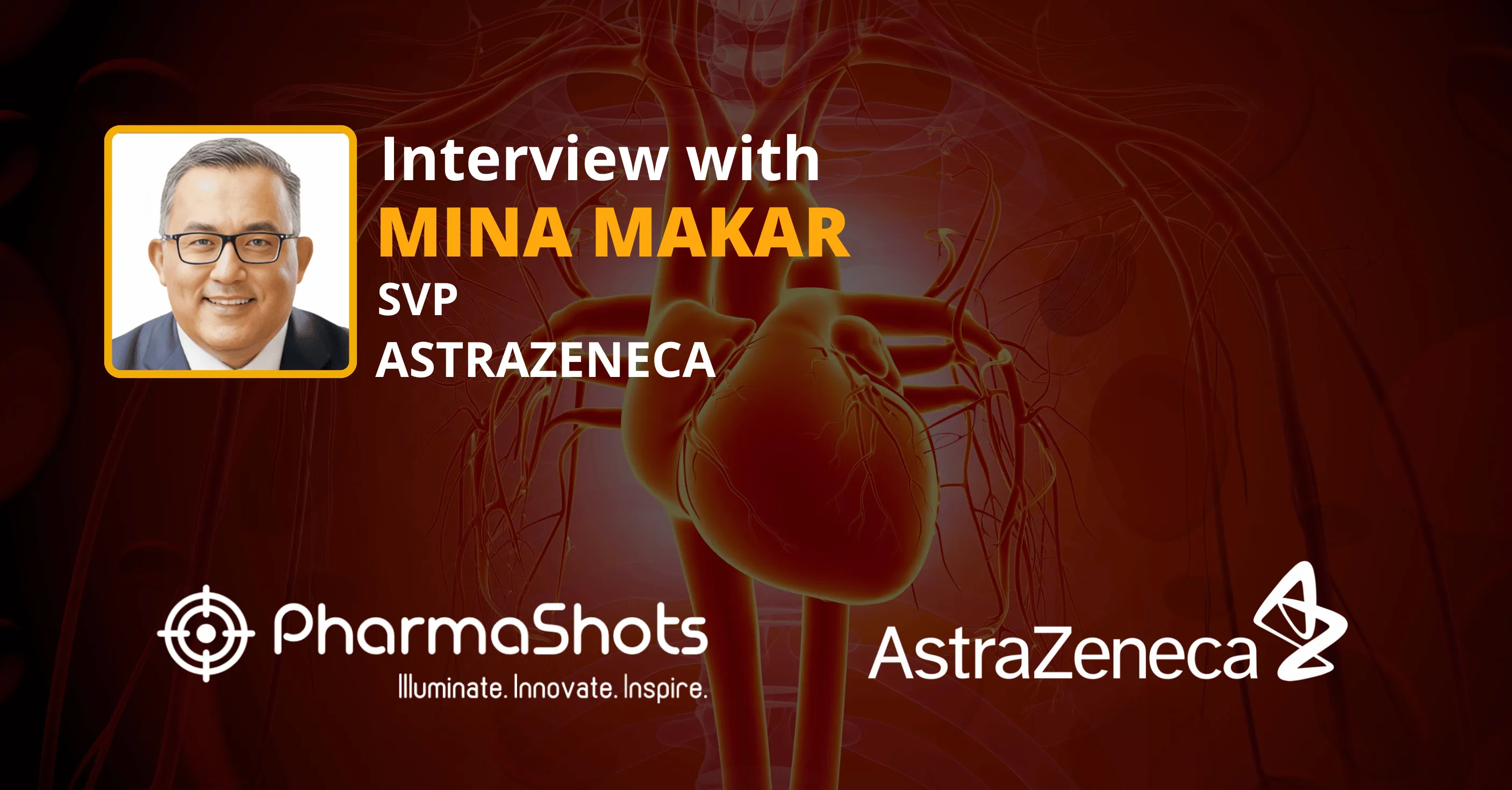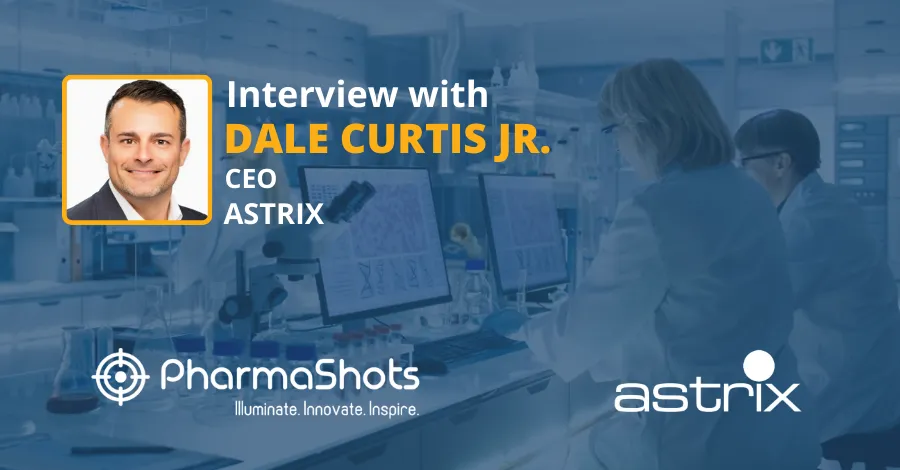
Anand Patel, CMO, of Conquest Research and a Principal Investigator Shares Insights from the Significant Benefits of LX9211
Shots:
- Anand briefed PharmaShots about the study design and the results from the RELIEF-DPN-1 trial of its investigational drug LX9211 presented at the 16th Annual Pain Therapeutics Summit
- He spoke about how LX9211 met its primary endpoints and how the drug shows considerable promise as a novel therapeutic medication for the treatment of painful diabetic neuropathy
- The interview shows how Lexicon is pioneering the discovery and development of innovative medicines that transform patients’ lives
Smriti: Let’s start by discussing your experience at the 16th Annual Pain Therapeutics Summit in Washington, D.C.
Anand Patel: The experience at the 16th Annual Pain Therapeutics Summit was wonderful for multiple reasons. The opportunity to hear from a consortium of experts across a broad platform of expertise is always an occasion to learn. There is incredible work being done in the Pain space, ranging from the lab to the clinic setting, all in synchrony to address the largely unmet need of better analgesics to help patients who suffer from pain, whether acute or chronic. To see the level of concerted effort persevering forth in the understanding, diagnosis, and treatment of pain is quite inspiring. Finally, it is humbling to be in the presence of such an impressive collective of knowledgeable scholars and allows me to fully appreciate how much energy and effort drives our industry forward.
Smriti: Please elaborate on the details (MOA, ROA, formulation, etc.) about the LX9211 for the treatment of Diabetic Peripheral Neuropathic Pain.
Anand Patel: LX9211 is a novel oral medication currently under development by Lexicon Pharmaceuticals for the treatment of multiple chronic neuropathic pain states. The drug is a potent small molecule inhibitor of the enzyme AAK1 (AP2-associated protein kinase 1). The AAK1 enzyme is intimately involved in clathrin-mediated endocytosis, a crucial step in neurotransmission, signal transduction, and regulation of many plasma membrane activities. In the preclinical setting, mice that were deficient in the AAK1 enzyme showed a marked resistance to the development of chronic pain in various clinical pain scenarios. By inhibiting AAK1 activity, LX9211 appears to reduce neuropathic pain activity and reduces spontaneous firing of dorsal horn activity at the spinal cord level. The clinical effects of LX9211 are exerted via a non-opioid pathway, the alpha-2 adrenergic pathway. Currently the drug is being studied as a once daily oral medication, with near-future studies planned for evaluating optimal dosing to achieve maximal clinical efficacy and tolerability.
Smriti: Brief our readers about the study design of the P-II RELIEF-DPN-1 trial evaluating LX9211.
Anand Patel: The RELIEF-DPN study was a Phase 2 study evaluating the efficacy and safety of LX9211, with a defined primary endpoint of evaluating the efficacy of LX9211 for the treatment of pain related to Diabetic Peripheral Neuropathy. The study had several unique features that are worth mentioning. Potential participants first entered a two-week screening period where informed consent was obtained, and study-specific inclusion/criteria were reviewed. Of note, potential candidates were allowed to remain on one neuropathic pain medication as long as those medications were not NSAIDs or opioids. Those patients deemed eligible for further participation then entered a two-week single-blind placebo run-in. During this period, while on placebo, patients were asked to dose daily and provide daily diary entries documenting data such as average daily pain score, use of daily rescue pain medication (acetaminophen), and interference of sleep from pain. Only patients with qualifying average daily pain scores (ADPS) of 5-9, and who were diary and medication compliant were eligible to move into the 6-week double-blind treatment period. The purpose of the single-blind run in was to minimize patients who might be suboptimal in diary and medication compliance.
Once eligible, patients were randomly assigned to one of three treatment groups. A total of 319 patients were randomized to one of the following: 1) low-dose group (LX9211 100 mg loading dose on day 1 with a 10mg daily dose thereafter for 6 weeks) 2) high dose group (LX9211 200 mg loading dose on day 1 with a 20 mg daily dose thereafter for 6 weeks) or 3) placebo group. Patients continued to keep a daily diary documenting ADPS, rescue medication usage, and sleep interference while in the 6-week treatment period. This was concluded by a 5-week single blind washout period for safety monitoring, where patients continued daily documentation of ADPS, rescue medication usage, and documentation of sleep interference.
Smriti: Highlight the primary endpoints achieved from P-II RELIEF-DPN-1 clinical study presented at the summit.
Anand Patel: The RELIEF DPN Phase 2 study did meet the primary endpoint, demonstrating a statistically significant reduction in average daily pain score (ADPS) at Week 6 compared to placebo in the low dose arm with results that plateaued in the high dose arm. Based on statistical analysis, a p-score of <0.028 was deemed statistically significant for the study, with the low-dose arm showing a reduction in ADPS of 1.39 (p-score 0.007) with the high-dose arm just missing statistical significance with a reduction in ADPS of 1.27 (p-score 0.030.) This separation between the placebo groups and the treatment groups occurred within week 1 of the treatment period and was sustained throughout the 6-week dosing period. Additionally, this notable drug signal predictably diminished in both groups during the 5 week placebo washout in a manner consistent with the pharmacokinetics of the drug. This effect of LX9211 on ADPS was consistent across subgroup analysis looking at age, sex, use of Baseline DPN medications, and Baseline pain score. Similarly, adverse events documented during the study were also noted to be independent of use of baselines DPN medications. The most common adverse event was dizziness, and based on the data, the dizziness appeared to be dose related, with the highest incident rate occurring in the high-dose arm. No Severe Adverse Events were documented in any of the three groups, further underlining the safety and tolerability of LX9211.
Smriti: How can the LX9211’s inhibition of adaptor-associated kinase 1 (AAK1) prove to be a potentially new mechanism of action for neuropathic pain?
Anand Patel: The novel mechanism of action of the drug, the efficacy demonstrated during the RELIEF-DPN-1 study, and the documented efficacy independent of concomitant neuropathic medication usage all point to an exciting new potential option for the treatment of neuropathic pain. Especially interesting is the reduction of ADPS and the unchanged incidence rate of AEs regardless of whether the patients were on Baseline DPN medications. This implies a separate and independent drug effect of LX9211 and positions it as both a monotherapy and a possible adjuvant treatment.
Smriti: With a vast number of therapy options available for Diabetic Peripheral Neuropathic Pain, how will Lexicon’s LX9211 stand out in the competition?
Anand Patel: I agree there are a vast number of treatment options available for Diabetic Peripheral Neuropathic Pain. Unfortunately, despite the quantity of treatments available, the efficacy of these drugs remains murky at best. In my opinion there is still no clear choice on a gold-standard for therapy and well-documented side-effect profiles are seen across the board. Thus, treatment options for this condition and other neuropathic pain states remains a largely unmet need. Given the recent results from the RELIEF study, we have a non-opioid, relatively well-tolerated drug with evidence of efficacy and the dual ability to be potentially a primary treatment choice or as an add-on to current neuropathic pain medications. I believe this positions LX9211 as an exciting potential future treatment option.
Smriti: How has the presentation at the Annual Pain Therapeutics Summit contributed to bring HCPs' attention to LX9211?
Anand Patel: As mentioned previously, HCPs are likely aware of the dearth of treatment options that can reliably address neuropathic pain coupled with a tolerable side-effect profile. The presentation served as an opportunity to heighten awareness amongst HCPs that exciting, novel treatment options are potentially on the way. Although there is still quite a bit of work to do before this drug can potentially reach the market, it provides optimism that the recent efforts in the industry to identify the next generation of non-opioid neuropathic pain therapies are on the horizon.
Smriti: Other than Diabetic Peripheral Neuropathic Pain, is there any other indication(s) for which Lexicon is expecting promising results for LX9211?
Anand Patel: Lexicon also just completed enrollment for a sister study, RELIEF-PHN-1, focusing on the efficacy and safety of LX9211 for the treatment of patients who suffer from chronic neuropathic pain secondary to Postherpetic Neuralgia. Given the promising results seen from both the RELIEF-DPN-1 and RELIEF-PHN-1 studies, Lexicon is currently evaluating other potential therapeutic indications including other neuropathic pain states and possibly spasticity related-indications. Immediately, the primary focus for Lexicon currently is the design and implementation of a Phase 3 study to further explore the efficacy of LX9211 for the treatment of painful Diabetic Peripheral Neuropathy.
Image Source: Canva
About the Author:

Anand Patel is the CMO of Conquest Research and a certified principal investigator. He is also a board-certified anesthesiologist with a subspecialty certification in pain medicine. Dr. Patel graduated from the University of Florida College of Medicine and completed his residency/fellowship at New York Presbyterian-Cornell. He subsequently worked as an interventional pain physician at the Center for Pain Medicine in Orlando, FL for 10 years. Dr. Patel joined Conquest Research in 2018 and has served as both PI and Sub-I on more than 80 clinical trials in various therapeutic areas including orthopedics, pain management, migraines, vaccines, rheumatologic disorders, metabolic disorders, neurodegenerative disorders, and non-alcoholic fatty liver disease.
Tags

Senior Editor at PharmaShots. She is curious and very passionate about recent updates and developments in the life sciences industry. She covers Biopharma, MedTech, and Digital health segments along with different reports at PharmaShots.














